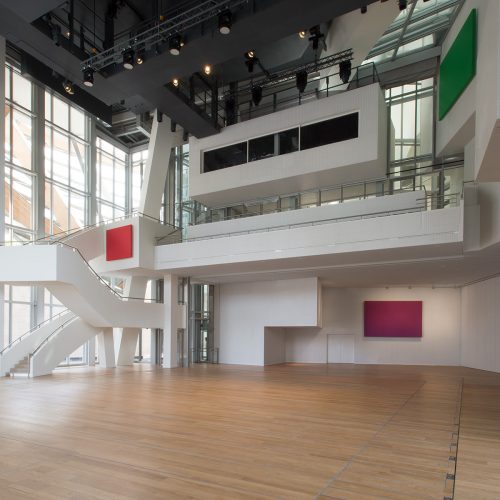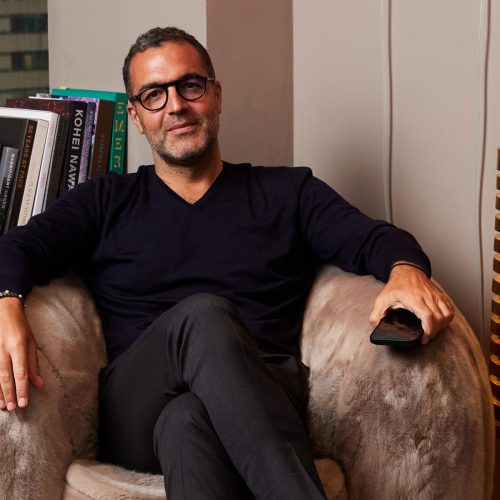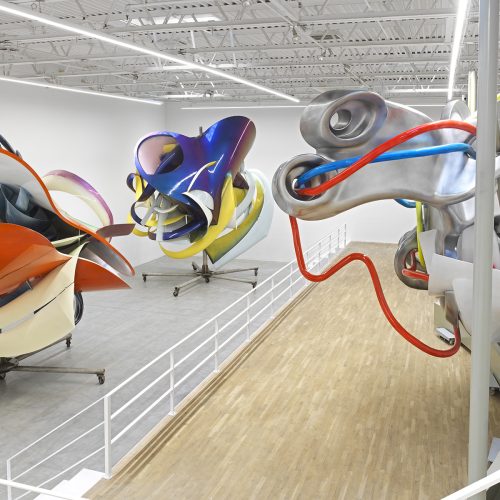

6 Standout Artists Discovered at the Dallas Art Fair
From fresh discoveries to seasoned contemporary masters, these are the favorite artists at the 2024 edition of the fair
Presenting 91 galleries from 17 countries and 48 cities, the Dallas Art Fair returned to the Fashion Industry Gallery in the Dallas Arts District April 4-7, 2024.
With exhibition openings at the Power Station, Dallas Contemporary, and Dallas Museum of Art; talks at the Nasher Sculpture Center and the Dallas Art Fair; the Eyeboretum at the Joule; a video night at Pegasus Plaza; gallery openings around the town; and a tour of the Dallas Cowboys Art Collection, Dallas has become one of the best parts of our spring cultural calendar.
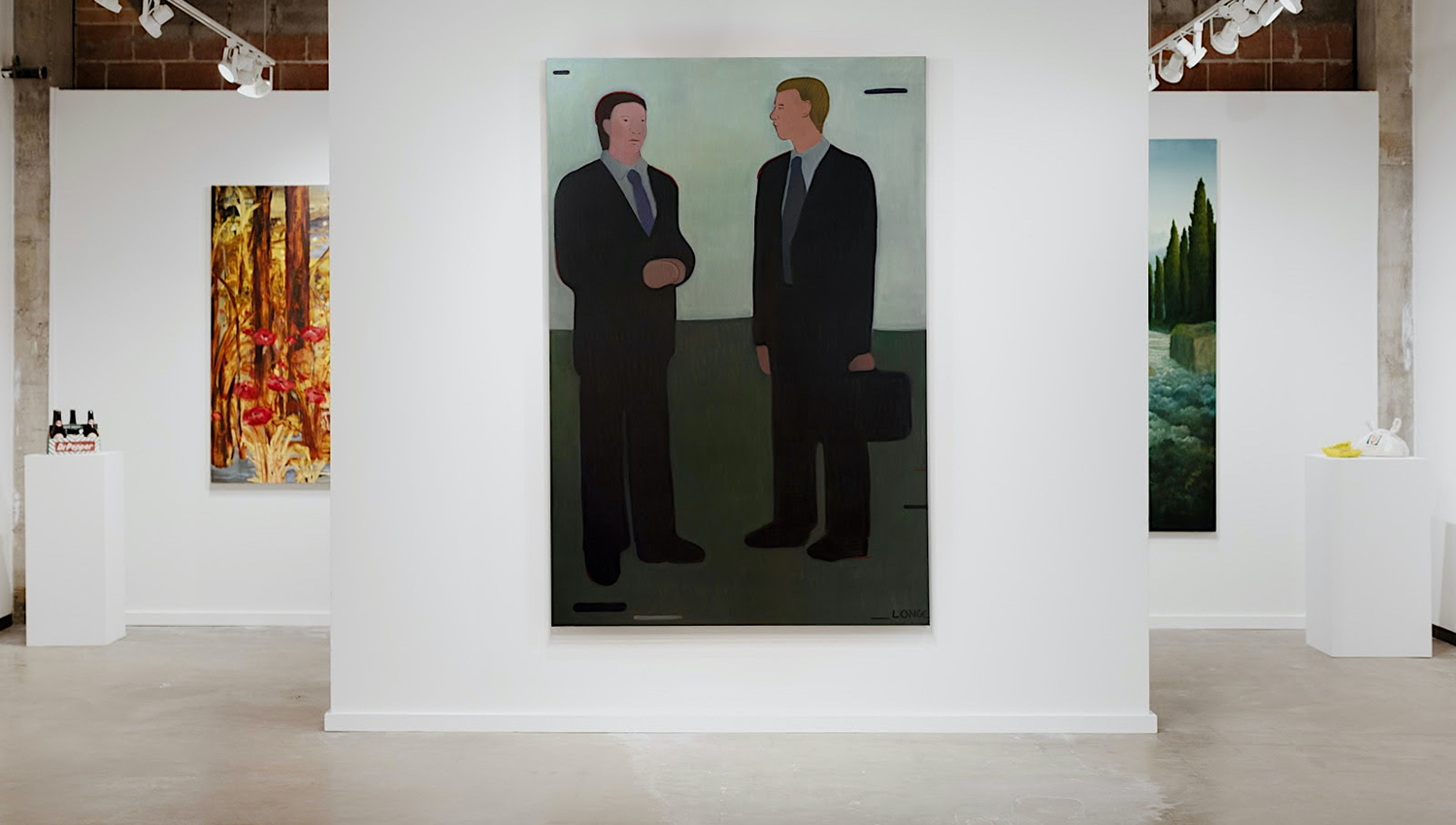
Installation view, Alexander Berggruen, Dallas Art Fair 2024. Photo: Alexandra Hulsey
“We’re thrilled to celebrate the sixteenth year of the fair. We owe our longevity to the loyalty and enthusiasm of our substantial collector base, as well as to the excellent taste and quality of our exhibitors,” Kelly Cornell, Director of the Dallas Art Fair, told Galerie. “We have exhibitors traveling from all over the world to meet with buyers in Dallas, which shows our city’s strength in the international art market.”
From fresh discoveries to seasoned contemporary masters, these are our favorite artworks from the 2024 Dallas Art Fair.

Ailbhe Ní Bhriain, Interval (I), (2023). Photo: Courtesy the artist and Kerlin Gallery
1. Ailbhe Ní Bhriain at Kerlin Gallery
An interdisciplinary Irish artist, Ailbhe Ní Bhriain examines the influence of cultural memories on contemporary perceptions of the world. Employing film, computer-generated imagery, collage, tapestry, print, and installation, the experimental artist explores imperial legacy, human displacement, and society’s impact on the Earth over centuries in both visually compelling and worrying ways. In Interval I, her 2023 Jacquard tapestry that’s digitally woven with cotton, wool, silk, and Lurex (shiny metal) threads, Ní Bhriain presents a haunting group of faceless adventurers, whose bodies are surreally filled with images of rock formations and interiors of caves, flanked by a pair of extinct cats.
One of three artworks from the fair acquired by the Dallas Museum of Art for its permanent collection, the gifted artist’s innovative tapestry moves the mind while enchanting the eye.

Paul Kremer, Exchange 05, (2024). Photo: Courtesy the artist and Berggruen Gallery
2. Paul Kremer at Berggruen Gallery
A self-taught artist, Paul Kremer worked as a graphic designer for MTV, PBS, National Geographic, and other prestigious clients for 20 years before turning his talent to painting. Working with acrylics on canvas and paper, he starts each piece with a series of drawings to abstract everyday forms into simplified shapes, which he then flatly paints with bold, vibrant colors. Referencing such modernist movements as Color Field Painting, Hard Edge Painting, and Minimalism with a fresh, playful twist, the Chicago-born, Houston-based artist—who has a standout solo show currently on view at the San Francisco gallery—creates arresting artworks from the most modest means.
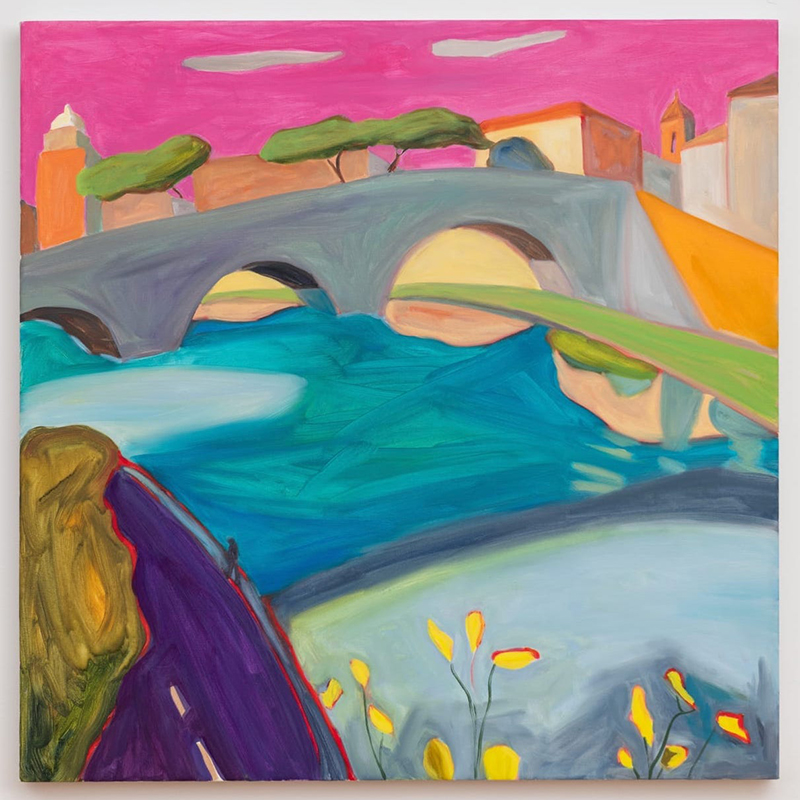
Maureen O'Leary, Road by the Tiber, (2023). Photo: Courtesy the artist and Cristin Tierney Gallery, New York
3. Maureen O’Leary at Cristin Tierney Gallery
Blurring the boundary between figuration and abstraction, Maureen O’Leary paints landscapes, cityscapes, still lives, and portraits with a lively style of loose brushwork and bright colors that beckons back to the Fauvists and German Expressionists. Trained as both a photographer and a painter, the Washington D.C.-born, Long Island and Puerto Rico-based artist utilizes her tightly composed pictures as the point of departure for her painterly visions of a nomadic life. In a solo booth presentation, the gallery offered a group of lyrical canvases from the artist’s recent ROMA series. Created during and after her 2022 residency at the American Academy in Rome, the paintings capture the vitality of the Eternal City with flat planes of color and distorted views, which make the ancient capital seem all the more amazing.
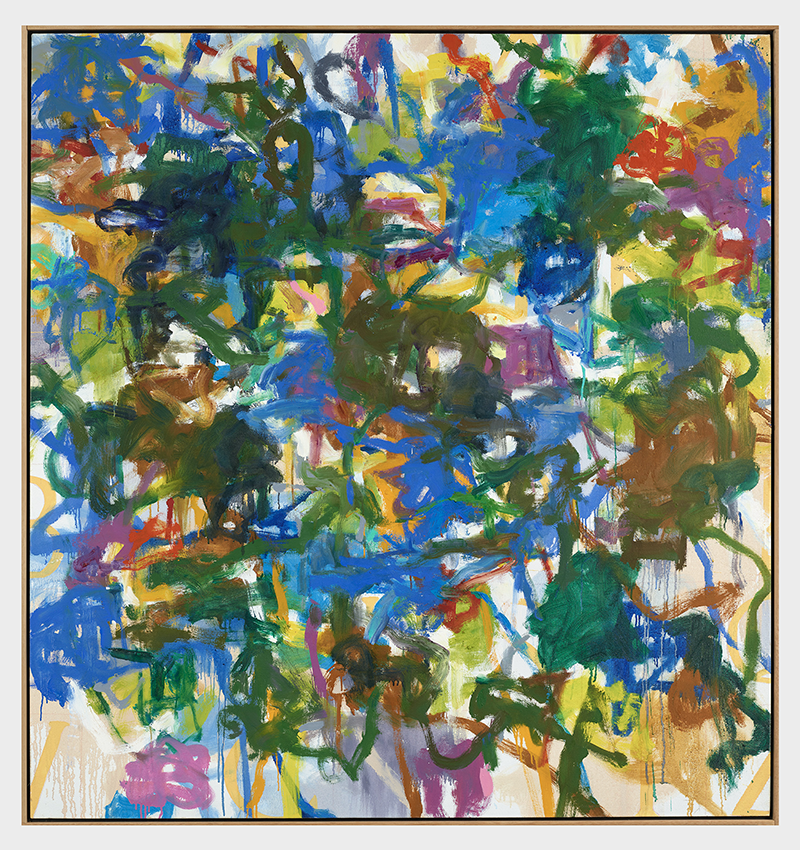
Kikuo Saito, Blue Train, (2010). Photo: Courtesy Berry Campbell, New York
4. Kikuo Saito at Berry Campbell
A Japanese-born abstract painter, Kikuo Saito—active in America from 1966, when he moved from Tokyo to New York at age 27—is getting a lot of art market attention again. Working in the avant-garde dance and theater worlds while assisting such established painters as Helen Frankenthaler, Kenneth Noland, and Larry Poons, he had his first solo show of Color Field paintings in New York in 1976. Exhibiting around the world over the next 40 years, he moved on to painting Lyrical Abstractions in the last two decades of his life, before passing away in 2016. His large-scale 2010 canvas Blue Train, painted with bright colors and overlapping brushstrokes, is a prime example of the experimental artist’s mastery of the Lyrical Abstract style, as well as the painting medium.
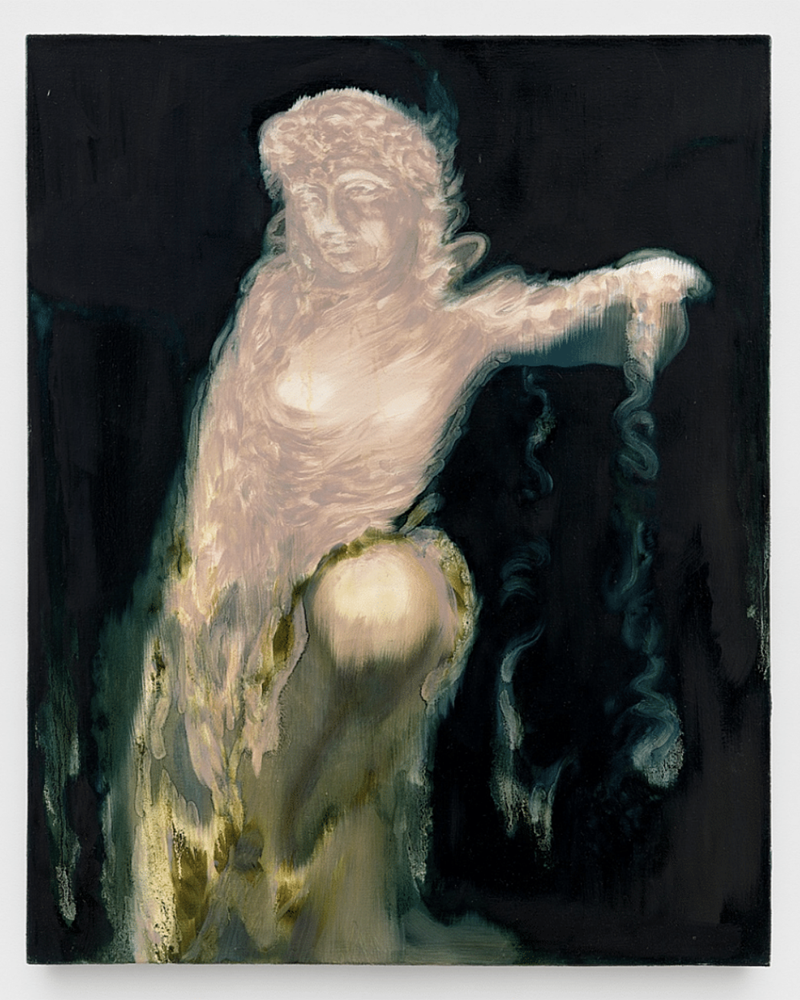
Chantal Khoury, To Shine of Mist II, (2024). Photo: Courtesy Nicodim, Los Angeles, New York, Bucharest
5. Chantal Khoury at Nicodim
Creating ghostly memories of her Lebanese family’s immigration to Canada by abstracting the relics they carried with them from their homeland, Chantal Khoury embraces the past by making it anew through her paintings. Addressing the diaspora condition, her canvases feature religious figurines, antique vessels, fabrics, fingerbowls, candlesticks, and other vestiges from her grandparents and extended family. Mixing mineral spirits with oil paints, she constructs abstract apparitions of objects with an ancestral attraction that’s slowly slipping away. Her painting To Shine of Mist II, which depicts a saintly subject appearing out of the darkness like a cloud of smoke, repeats an earlier version of the religious motif as a way of paying homage to another Lebanese artist she admires, Etel Adnan, a poet and painter who repeatedly painted a symbolic mountain in different ways.
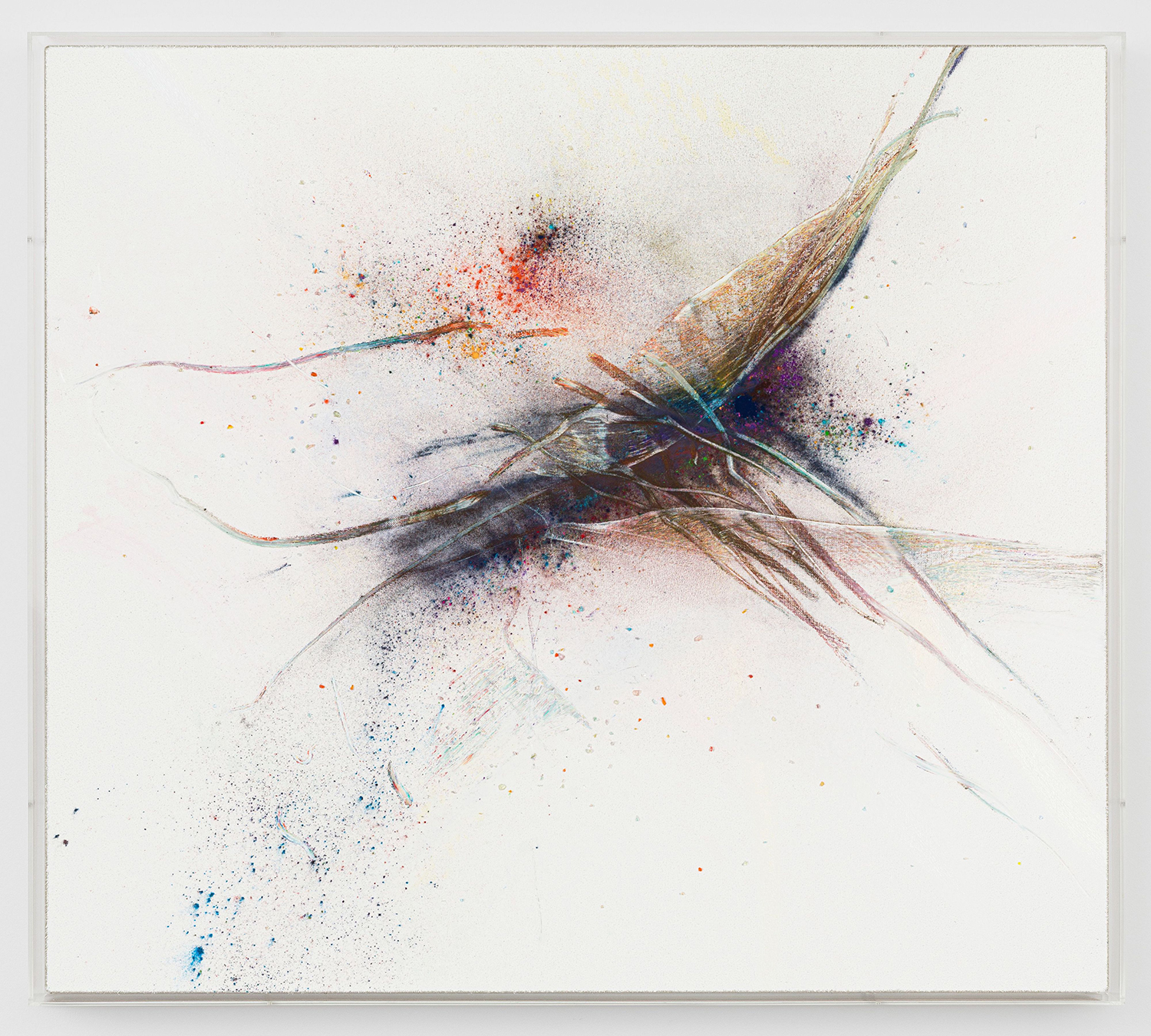
Thilo Heinzmann, O.T, (2022). Photo: Courtesy the artist and Perrotin
6. Thilo Heinzmann at Perrotin
A student of Thomas Bayrle at the Städelschule in Frankfurt in the 1990s, Thilo Heinzmann was working as a figurative painter for Martin Kippenberger while creating a personal visual language with abstraction in his studio. He made his first Pigment Painting in response to seeing artists working on computers. The process of adding color and activating it with the cursor led Heinzmann to invent an analog way of releasing pigment on wet, paint-rolled canvas. Mostly preplanned, particularly with the choice of pigment colors, the paintings are created in a series of actions and reactions with an element of chance at play, for instance, from the wind outdoors, where part of the process takes place, supported by two assistants shifting the canvas around in space.
The Berlin-based artist must get into an inspired, concentrated zone, one in which he is actively creating—a process that is both cerebral and playful and involves a highly controlled form of chaos—to realize each piece. Painting abstractly like Willem de Kooning and harnessing chance like John Cage, while also employing brushwork like Pierre Bonnard, Heinzmann creates his Pigment Paintings (of which O.T. is a prime example) like a computer yet—more brilliantly—by the artist’s hand.

